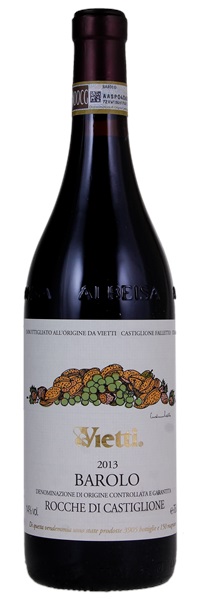
...ample, generous and also surprisingly rich...possesses superb aromatic intensity and nuance...racy Rocche, with tons of mid-palate richness.
...boasts dense fiber and texture with exquisite aromas of dark fruit and spice... Subtle tones of campfire ash, licorice and balsam herb are neatly woven within the broader bouquet.
Aromas of blueberries, lavender and mint. Full body...beautiful fruit.
A core of cherry is surrounded by beef bouillon, soy and tar notes, with serious tannins to boot. This red tips toward the dry side in the balance, showing a long, compact finish.
...red berry, menthol espresso and culinary-spice aromas...palate offers sour cherry, sage, white pepper and star anise alongside a backbone of firm close-grained tannins that grip the finish.
Minty notes and almost richly fruity on the nose. Supple and polished fruit palate with a touch of oak. The whole is well balanced and ends on a generous dose of stalky tannins. Quite gorgeous.